Kiwi Ears Étude Review: Bass You Can (Actually) Feel
Jin Soh
What Is It?
We’ve reviewed the Kiwi Ears Airoso as well as the dual-driver Atheia headphones not too long ago. Since then, the brand has released even more IEMs like the Astral and Septet, and even headphones like the Altruva. It really is full steam ahead for Kiwi Ears but what makes this feat even more impressive is the fact that there’s no overlap between products and each one is unique in its own right. One such unique product has now made its way into our hands: the Kiwi Ears Étude (which will just be referred to as the Etude for the rest of this review).
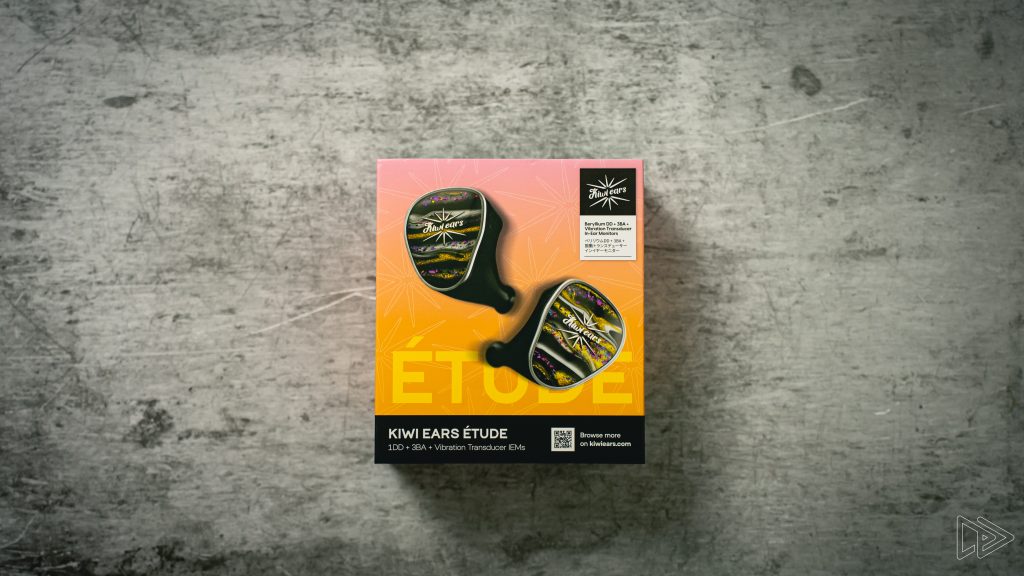
The Kiwi Ears Etude houses one beryllium-coated dynamic driver, three balanced armature drivers, and an interesting addition: a vibration transducer. According to Kiwi Ears, a vibration transducer is typically used in Bluetooth vibration speakers to deliver sound through tactile vibrations, and the brand’s own implementation comes in the form of the KVT, or Kiwi Vibration Transducer.
The KVT is designed to enhance low to mid frequencies for a deeper, more immersive audio experience. Unlike bone conduction drivers, the KVT is more akin to scaled-down miniature vibration drivers, or so Kiwi Ears claims. It uses strong N52 neodymium magnets suspended by heavy-tension spring systems that physically vibrate a conduction plate when actuated by electrical currents. This design delivers physical, tactile vibrations that add texture and depth to low-mid acoustics.
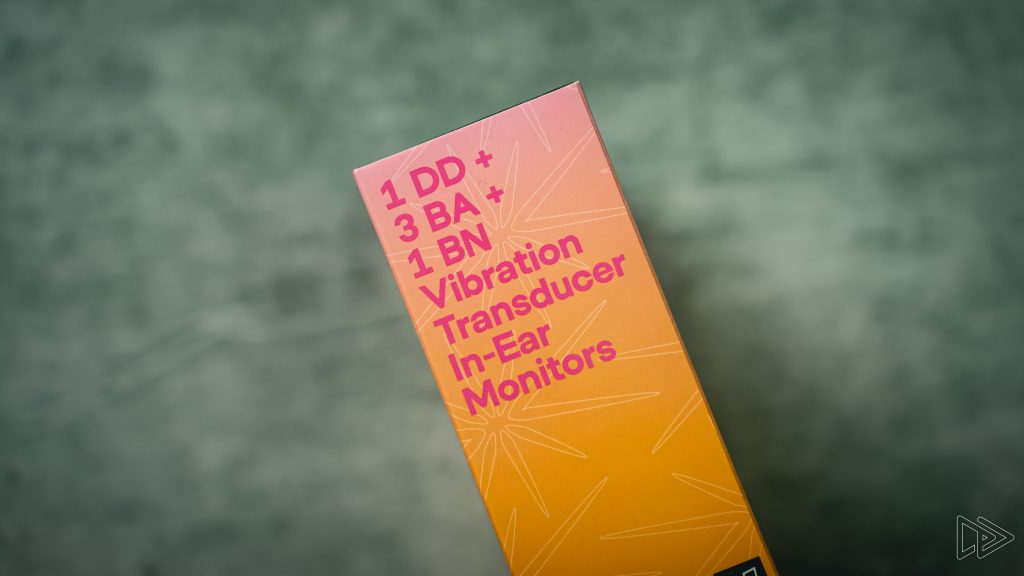

Aside from the KVT, Kiwi Ears has given the Etude an 8dB boost in the sub-bass region, which on paper should enhance the low-end rumble and overall experience with the vibration transducer. The dynamic driver itself is a 10mm beryllium-coated unit and while it won’t fully replicate the performance of a pure beryllium driver, the coating still provides added stiffness and responsiveness compared to standard dynamic drivers which should make for a more unique bass quality.
The Kiwi Ears Etude retails for USD 119 (around RM510) on Kiwi Ears’ official website and our review unit of the Etude was graciously provided by Kiwi Ears themselves.
What’s In the Box?

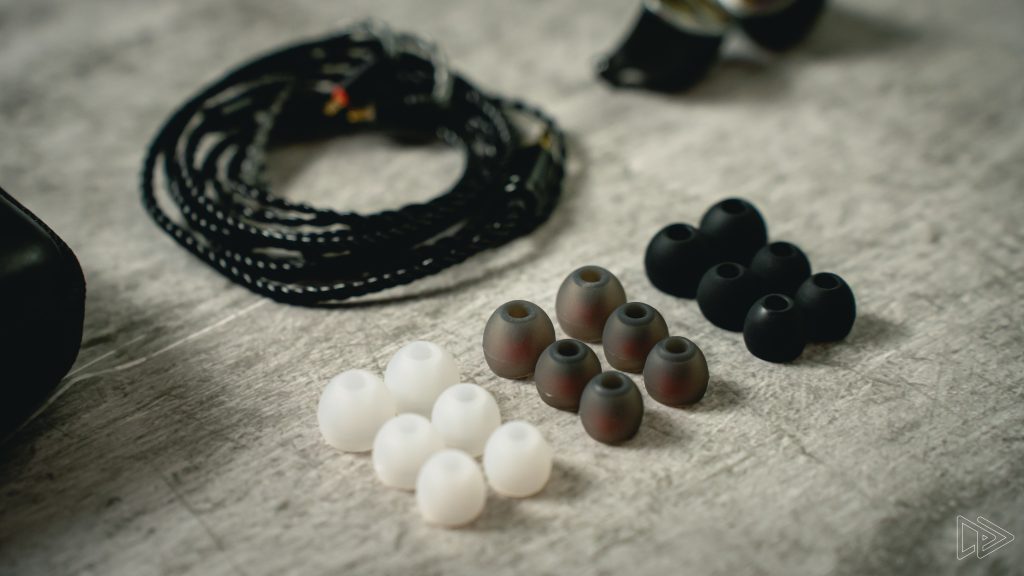
The unboxing experience for the Etude will feel familiar to anyone who’s tried other Kiwi Ears products. Sliding open the box reveals the earphones themselves, neatly packed alongside the hard shell carrying case. Inside the case is a standard, rather thin 2-pin cable with a 3.5mm termination. Also included are three sets of silicone eartips in white, grey, and black, each with three sizes.
Personally, I found that the included tips didn’t provide a perfect seal for my ears. I actually had to use tips from the Punch Audio Martilo I recently reviewed to get a better fit. Another interesting observation: if you gently tap one of the shells, you can feel a distinct tingling vibration from the spring of the transducer inside. It’s a hollow, unique sensation, though I wouldn’t say it feels cheap, just…different.
How Does It Sound?
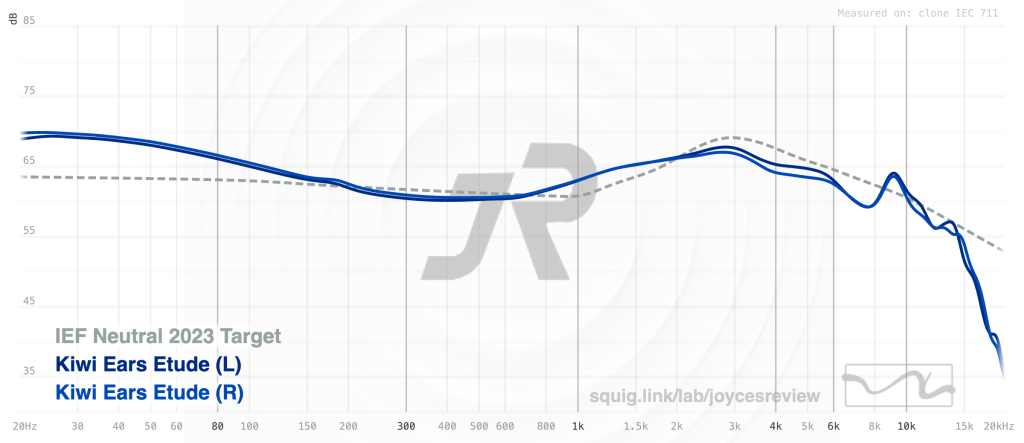
The Etude offers a minor U-shaped sound signature with an emphasis on warm, punchy bass and crisp treble. Soundstage width is about average, presenting an overall intimate experience. Separation and imaging also aren’t its strongest suits, with instruments often sounding layered on top of one another. Perhaps as a side effect of the vibration transducer, there’s also a persistent layer of “fog” that hangs over the entire soundstage. It’s not quite the veil you get from overly warm sets; instead, it’s more of a fuzzy cloud that mars the IEMs from absolute clarity.
The KVT itself exhibits an unusual hollow, metallic, drum-like resonance. To me, it sounds similar to blowing over the top of a glass bottle. This resonance isn’t limited to just bass as it also carries over into both male and female vocals and definitely takes some getting used to. If you prefer a “pure” or natural presentation, this added effect might be a tad distracting.
Bass

The sub-bass, enforced by the beryllium-coated dynamic driver, is tight and fast with minimal decay, although it doesn’t extend all that low. Mid-bass is equally tight and impactful, offering a clean punch that avoids being overly boomy or thick. The KVT adds an extra dimension here, more in texture than sheer quantity. It feels tactile, almost like the bass is slamming and vibrating with the reverberation of a rubber band being plucked.
Mids
Vocals come across as clear and relatively neutral with just a hint of warmth. There’s no bleed from the punchy low-end, which helps maintain clarity. That said, the lower midrange can feel almost too clean and could benefit from a bit more warmth and thickness to better support male vocals.
As mentioned earlier, there’s a hollow, resonant quality to the vocals that won’t be to everyone’s taste. Once I noticed it, it was hard to ignore. While not an unpleasant sound per se, it’s definitely an odd and distinctive characteristic.

Highs
There’s a decent amount of sparkle at the top end, with a natural attack and smooth decay. It’s far from being the most analytical set of IEMs, but it still retains a respectable level of detail without sounding overly bright or sibilant.
While relatively easy to drive, the Etude really slams and shines when provided with more power. Unfortunately, there’s no 4.4mm balanced option included in the box, which is a bit of a missed opportunity considering how many manufacturers are adding the option these days.
Is It Worth It?
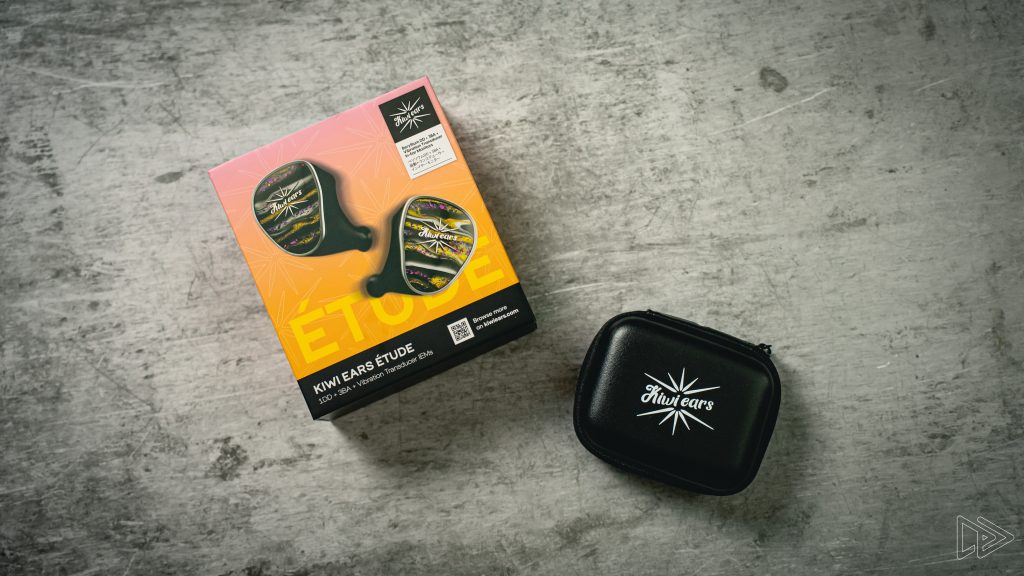
Ultimately, Kiwi Ears’ attempt at offering something different in a market crowded with typical Harman-tuned hybrids is commendable. The Etude doesn’t shy away from trying something new with its vibration transducer, delivering an experience that’s distinct, even if it won’t be for everyone. It may not replace your daily driver, but it’s an interesting option for those curious about exploring a different approach to sound.
But if you’re after a bass-emphasized IEM that still sounds natural, the Punch Audio Martilo I recently reviewed might be more your speed. Packaging here is also quite barebones, with only a 3.5mm termination provided out of the box, especially considering that the Etude comes alive with more power.